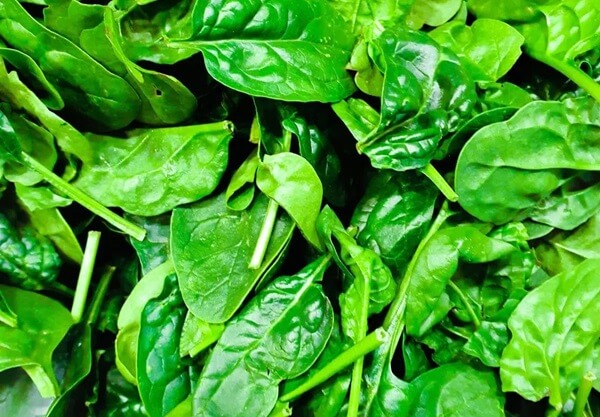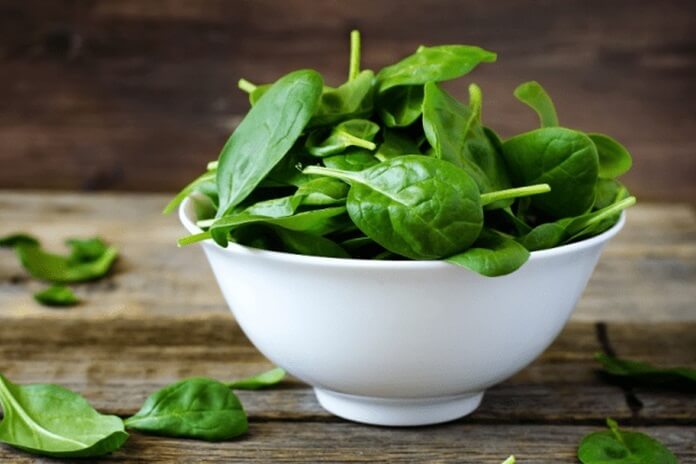Fresh Spinach Day is celebrated every year on July 16 to highlight the health benefits of fresh spinach. It’s not just a cartoon that Popeyes becomes super strong after eating spinach. In reality, spinach can improve your health. It helps with bone health and can reduce the risk of cancer. Fresh Spinach Day encourages you to include this nutritious leafy green in your meals or smoothies. Enjoy it in dishes like creamed spinach, spinach dip, sauteed spinach, or green smoothies- all delicious options.
Know The History of Spinach Day
Spinach originally comes from Persia and was brought to India and China via Nepal in 647 A.D., where it was called ‘Persian green’ in China. The Saracens introduced spinach to Sicily in 827 A.D. The Arabs brought it to Spain in the late 12th century, where it was known as ‘the chief of leafy greens.’
By the 14th century, spinach had reached England and France and was called ‘the Spanish vegetable’ in England for a time. In the U.S., spinach gained popularity in the 1800s, and its consumption increased in the 1930s thanks to the fame of Popeye.
Spinach has three main types: flat-leaf, savoy, and semi-savoy. Flat-leaf spinach, also known as smooth-leaf spinach, has flat, smooth leaves. It grows quickly, yields more, and is easier to clean, making it ideal for freezing and canning.

Savoy spinach has curly, crinkly leaves and is preferred for home gardens and fresh markets. It usually looks and tastes better and lasts longer than flat-leaf spinach, and it has less oxalic acid. Semi-savoy spinach has partially curly and crinkly leaves, combining features of both flat-leaf and savoy types.
Spinach is packed with nutrients whether you eat it raw or cooked. Raw spinach helps you get more folate, niacin, and potassium, riboflavin, and vitamin C. It’s also high in fiber and water and blends well into sweet smoothies because of its mild flavor.
Cooked spinach, however, offers more absorbable iron and calcium and has higher levels of vitamins A and E. So, whether you eat spinach raw or cooked, you’ll get the essential nutrients your body needs.
Also read, National Tapioca Pudding Day-July 15, 2024
| 647 A.D. (Arrival in India and China) | Spinach is brought to India and China. |
| 827 A.D. (Going to Italy) | The Saracens introduce spinach to Sicily. |
| 12th Century (The Chief of Leafy Greens) | Spinach is brought to Spain by the Arabs. |
| 14th Century (Going to England and France) | Spinach arrives in England and France. |
Interesting Facts About Spinach
- Popeye’s Favorite: Spinach gained widespread popularity in the United States thanks to the cartoon character Popeye the Sailor. Popeye’s superhuman strength, attributed to his love of spinach, helped boost the vegetable’s profile during the 1930s.
- Spinach in Space: Spinach has even made its way into space! NASA has used spinach in space missions to study its growth in microgravity and its potential as a food source for astronauts.
- Spinach Varieties: There are several varieties of spinach, including flat-leaf, savoy, and semi-savoy. Flat-leaf spinach is often used for salads and fresh dishes, while savoy spinach has a crinkled texture that is ideal for cooking.
- Ancient Medicine: In ancient Persia, spinach was valued not just for its culinary uses but also for its medicinal properties. It was believed to help with digestive issues and improve overall health.
- Seasonal Spinach: Spinach is a cool-season crop, thriving in spring and fall. It can tolerate light frost, which can actually enhance its flavor and nutritional content.
Conclusion
In conclusion, Fresh Spinach Day on July 16 is more than just an opportunity to celebrate a leafy green vegetable—it’s a reminder of the rich history and numerous health benefits associated with spinach. From its ancient origins in Persia to its prominence in modern-day cuisine, spinach has consistently proven itself as a valuable addition to our diets.
Whether you prefer it raw in a refreshing smoothie or cooked in a savory dish, spinach offers a wealth of essential nutrients, including vitamins, minerals, and antioxidants. This versatile vegetable not only enhances flavor but also supports bone health, reduces cancer risk, and provides a host of other benefits. So, on Fresh Spinach Day, embrace this nutritious green and enjoy it in all its delicious forms, appreciating both its historical journey and its significant impact on our well-being.
Frequently Asked Question
How much Spinach a day is safe?
Most people can safely eat a bowl of spinach per day, but it’s best to consume it in moderation. Spinach is a dark leafy green with a rich nutrient profile, so while it’s healthy, eating too much might not be ideal for everyone.
What are the benefits of eating fresh spinach?
Eating fresh spinach offers several health benefits. It may reduce oxidative stress, improve eye health, and help prevent heart disease and cancer. If you are looking to boost your health, spinach is an easy and nutritious addition to your diet.
Can you eat spinach by itself?
Yes, you can eat spinach by itself! You can serve it as is or add some garnishes for extra flavor, like a squeeze of lemon or chopped scallions.
What Are the Benefits of Spinach for Sleep?
Spinach is rich in magnesium, which helps relax nerves and muscles, promoting better sleep. Magnesium can also help prevent leg cramps, a common cause of waking up at night.
Is Spinach Good for Muscle Growth?
Yes, spinach can support muscle growth. Research shows that the nutrients in spinach can increase muscle growth by up to 20%. The calcium in spinach helps relax muscles and prevent cramps, while the iron supports muscle building.
You may also like to read, National Mojito Day – July 11, 2024
